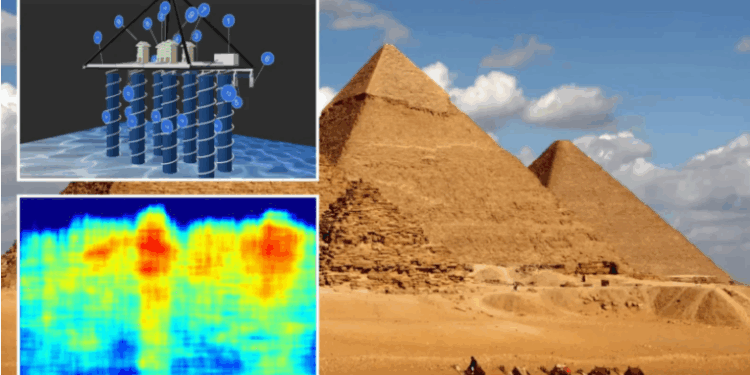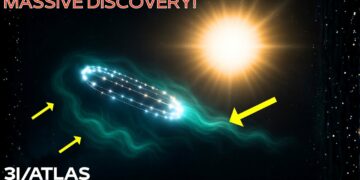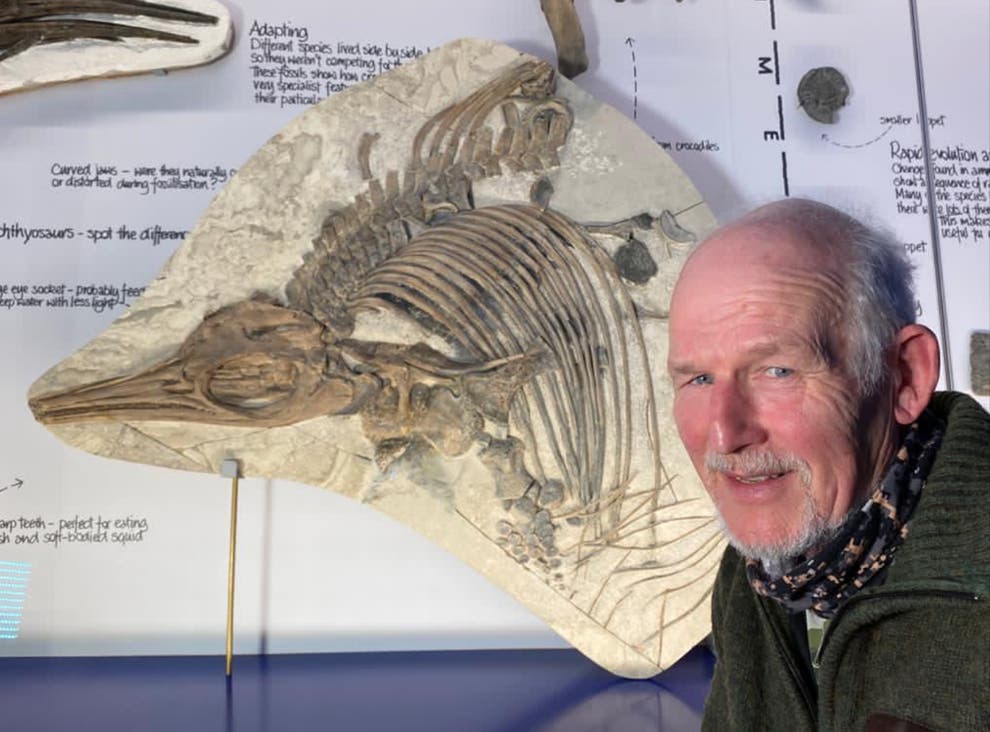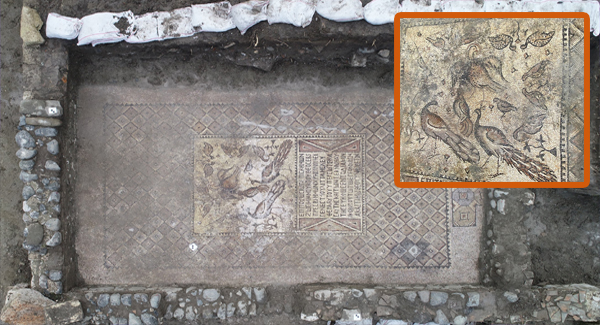For 4,500 years, the Giza pyramids have stood as monumental testaments to ancient Egyptian ingenuity. But could they be concealing an entire underground city? In March 2025, Italian and Scottish researchers announced a breathtaking discovery: a vast network of underground structures beneath Egypt’s Giza plateau, potentially one of the most significant finds in decades. Using cutting-edge technology, the team claims to have uncovered chambers, corridors, and shafts that could rewrite our understanding of the pyramids’ purpose. Yet, skepticism abounds in the archaeological community. Is this a groundbreaking revelation or another Giza mirage? Let’s dive into this extraordinary claim and the science behind it.
 A Hidden Metropolis Beneath Giza
A Hidden Metropolis Beneath Giza
Led by Dr. Maria Conti (University of Bologna) and Dr. Alasdair Fraser (University of Edinburgh), the research team revealed their findings at a Cairo archaeology conference, stunning attendees. Using satellite-based Synthetic Aperture Radar (SAR) and seismic vibration analysis, they mapped a complex underground network stretching 6,500 feet—equivalent to over 20 football fields—beneath the Giza pyramid complex. High-resolution 3D images depict chambers, corridors, and open spaces arranged with striking organization.

A Global Sensation, but Questions Persist
The announcement ignited global excitement, with headlines like “Secret City Beneath the Pyramids” and social media buzzing with theories—from scholarly debates to alien conspiracies. However, archaeologists urge caution. Dr. Zahi Hawass, a leading Egyptologist, emphasized that “extraordinary claims require extraordinary evidence,” demanding rigorous peer review. Dr. Sarah Parcak, a space archaeology expert, questioned whether SAR and seismic methods can penetrate the claimed depths through Giza’s limestone bedrock.

The Technology Behind the Claim
Traditional archaeology relies on excavation, but digging beneath massive pyramids is impractical. Enter remote sensing, which allows researchers to “see” underground without disturbance. The team used SAR, which emits radio waves that penetrate the surface and reflect back, revealing subsurface features. Data from the European Space Agency’s Sentinel-1 satellites, enhanced by interferometric SAR (InSAR), detected persistent underground patterns.

What new technology should archaeologists develop to explore ancient sites non-invasively? Share your ideas in the comments!
A Multidisciplinary Effort
The three-year project involved geophysicists, Egyptologists, data scientists, and engineers. Dr. Fraser’s geophysical expertise guided seismic analysis, while Dr. Conti’s remote sensing skills shaped SAR interpretation. The team analyzed existing surveys, collected calibrated SAR data, and ran a 14-month seismic monitoring network to account for seasonal variations. Custom machine learning algorithms distinguished human-made structures from natural limestone cavities, addressing challenges like groundwater interference through hydrological modeling.
This methodology could set a new standard for non-invasive archaeology, applicable to sensitive sites worldwide, from Central American jungles to European fields. However, physical “ground-truthing” is needed to confirm the findings, a step that remains pending.
The Road to Verification
Verifying an underground city at Giza is a daunting task. The team has submitted their work to archaeological journals for peer review, where experts will scrutinize methodology, data processing, and alternative explanations, such as natural geological features mimicking constructed spaces. Dr. Fatima El-Badry, an expert in Egyptian subterranean structures, noted: “Peer reviewers will demand rigorous elimination of false positives, as limestone can create deceptive patterns.”

Implications of a Verified Discovery
If confirmed, the complex would revolutionize our view of Old Kingdom Egypt. Dr. James Harrington (Cambridge University) said: “The engineering required would surpass what we’ve attributed to the Fourth Dynasty.” Giza might emerge as a multifunctional hub, integrating ceremonial, administrative, and residential roles, aligning with evolving views of Egyptian sacred sites.
Beyond academia, the find would carry cultural and political weight. The pyramids are symbols of Egyptian heritage, and any investigation must respect national sovereignty. The verification process could take years, testing the patience of a public eager for answers.
A Window into Archaeological Science
This saga highlights the meticulous nature of archaeology—not instant revelation, but a cycle of hypothesis, testing, and verification. Whether the “underground city” is real or a geological misinterpretation, the investigation advances methods and sparks new questions about ancient Egypt. The technology developed here could unlock discoveries elsewhere, while the debate deepens our appreciation of Giza’s enduring mysteries.
The pyramid builders left a legacy of monumental structures and tantalizing puzzles. As we await answers, this claim reminds us that the ancient world still holds secrets, challenging our brightest minds and most advanced tools. What do you think lies beneath the pyramids? Share your theories, and join the journey into archaeology’s next chapter!


 A Hidden Metropolis Beneath Giza
A Hidden Metropolis Beneath Giza




















